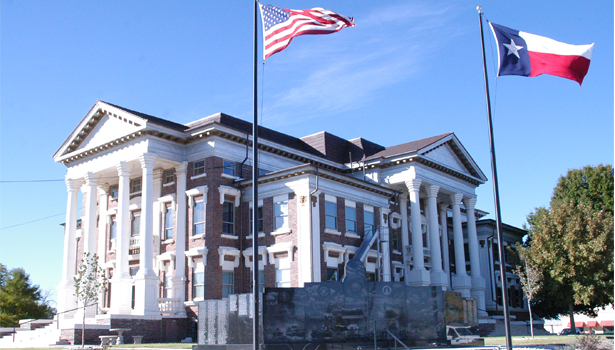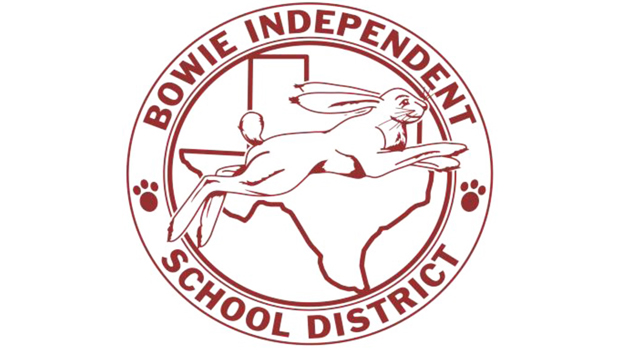NEWS
Spring forecast for the United States

AccuWeather Global Weather Center – February 2, 2021 – Punxsutawney Phil has emerged from his burrow and has declared six more weeks of winter, but that prognostication may not come to fruition across the entire U.S.
Winter weather has reached every corner of the country this season, ranging from waves of early-season storms across the entire West Coast to snow and ice in the Southeast and the first blizzard in years for part of New England. While there is still plenty of winter weather in the pipeline, the light is starting to appear at the end of the tunnel with the arrival of spring right around the corner.
Meteorological spring officially begins on Tuesday, March 1, and astronomical spring begins on Sunday, March 20, but the changing of the seasons may not translate to the abrupt end of cold and snowy weather across the United States.
AccuWeather’s team of long-range forecasters, led by Senior Meteorologist Paul Pastelok, has been analyzing weather patterns around the globe to make a forecast for the coming months. In crafting a long-range forecast, Pastelok and his team employ a much different method than what’s relied upon to make a short-term forecast for the next three to five days.
One way that the team of forecasters forged the spring forecast is with the help of analogs. Analogs are years in the past when the weather patterns around the globe were similar to what is currently happening. Studying the past gives forecasters clues to what may unfold in the future.
Accuweather.com has a region by region breakdown of its spring forecast.
Drought to maintain grip on western US
The back-and-forth weather pattern along the West Coast this winter will persist into the spring, including the potential for late-season storms across California.
The winter started off strong for the drought-stricken West Coast with waves of storms unloading widespread rain and yards of mountain snow across Washington, Oregon and California. This pattern broke in January, raising concerns once again about whether the drought would worsen before conditions improve.
The stormy pattern is projected to resume later in February and into March, according to Pastelok, delivering much-needed precipitation to the region. However, this will not be a drought-ending scenario that many are hoping for, especially if the storms take a more northerly track. This would direct the storms into the Pacific Northwest and away from Southern California and the interior Southwest.
“There’s still an opportunity for a little bit of extra rain through April to contribute more to water reservoirs for the late spring and summer,” Pastelok said.
As of Jan. 27, 2022, 21% of the western U.S. was experiencing extreme drought and 4% of the region was under exceptional drought, according to the U.S. Drought Monitor. This is a reduction from one year prior when more than 46% of the region was experiencing an extreme drought and 24% was under exceptional drought.
Despite this improvement, most of the region is still experiencing long-term drought hardships.
The worst of the drought conditions through the spring is projected to focus on the Great Basin, Four Corners and into the High Plains. This means that conditions could get worse before they get better, including the water tables that feed into Lake Mead, which in 2021 hit its lowest level since the construction of the Hoover Dam.
These meteorological breadcrumbs have indicated that this spring could feature unusually late winter storms, both along the East Coast and West Coast, and even the development of an out-of-season tropical system.
Some moisture could make it into the interior Southwest if a few storms take a more southerly track in March and even as late as April, but it will not be enough to alleviate the long-term drought, Pastelok said.
As a result, much of the region will experience a warmer-than-normal spring, including Phoenix, Las Vegas and Albuquerque, New Mexico.
Last year, Phoenix kicked off April with 13 consecutive 90-degree days. While such a feat is hard to duplicate in back-to-back years, the anticipated warmth cannot rule out another extended streak of 90-degree days in the Valley of the Sun.
The early arrival of spring warmth across the interior Southwest will be followed up by a summer preview in May before the official start of meteorological summer on June 1.
T
NEWS
Rain runoff still helping lakes fill

Runoff from the ongoing spring rains are bringing great benefits for Montague County lakes as they continue to slowly rise.
Lake levels
Amon G. Carter
May 7 – 100% full,
920.86 msl
April 30 – 100% full,
920.68 msl
Lake is full at 920 msl
Lake Nocona
May 7 – 83.7% full,
824.79 msl
April 30 – 73.1% full,
822.91 msl
Lake full at 827.5 msl
NEWS
Pending litigation leads to executive session

Members of the Montague County Commissioner’s Court face a lengthy agenda when they meet at 9 a.m. on May 13.
An executive session is listed for deliberation on pending litigation. The court also will begin the preliminaries of budget planning with a workshop.
The court will review an engagement letter with Edgin, Parkman, Fleming and Fleming to conduct the annual outside audit.
The sheriff’s office staff will submit several items lead by a request to purchase a radio console for dispatch, along with a memo of understanding between Flock Safety and the SO and an application for participation with the Law Enforcement Support Office.
Commissioners will finally close out the Federal Emergency Management Agency project 4223 for county flood damage during the spring of 2015.
Read the full story on all the agenda topics in the mid-week Bowie News.
NEWS
Bowie BISD bond vote fails, 73% say no

By BARBARA GREEN
[email protected]
Bowie Independent School District trustees said they wanted a mandate one way or another in regard to the $65.8 million bond proposal, which was one of multiple reasons it went back on the ballot.
While voter turnout out was smaller than the Nov. 7, 2023 election, the mandate was clear as 73.28% of voters said no to the bond. Trustees had hoped a massive education campaign and a single issue election would boost voter turnout, however, that was not the case.
BISD asked voters to reconsider the same $65.8 million proposal that failed 855-1,079 last November. In that Nov. 7 election 1,934 people voted.
On May 4 there were 1,785 total voters, 149 less than in the fall. There were 477 votes supporting the bond and 1,308 saying no. The bond failed by 831 votes with only 26.72% saying yes.
Forestburg ISD asked voters to consider a pair of infrastructure centered bonds and the results were close. The most recent bond election for FISD was in 2018 and it failed 301-195.
Read the full story in the mid-week Bowie News.
-

 NEWS1 year ago
NEWS1 year ago2 hurt, 1 jailed after shooting incident north of Nocona
-

 NEWS6 months ago
NEWS6 months agoSuspect indicted, jailed in Tia Hutson murder
-

 NEWS1 year ago
NEWS1 year agoSO investigating possible murder/suicide
-

 NEWS1 year ago
NEWS1 year agoWreck takes the life of BHS teen, 16
-

 NEWS9 months ago
NEWS9 months agoMurder unsolved – 1 year later Tia Hutson’s family angry, frustrated with no arrest
-

 NEWS1 year ago
NEWS1 year agoSheriff’s office called out to infant’s death
-

 NEWS1 year ago
NEWS1 year agoBowie Police face three-hour standoff after possible domestic fight
-

 NEWS1 year ago
NEWS1 year agoDriver stopped by a man running into the street, robbed at knifepoint





